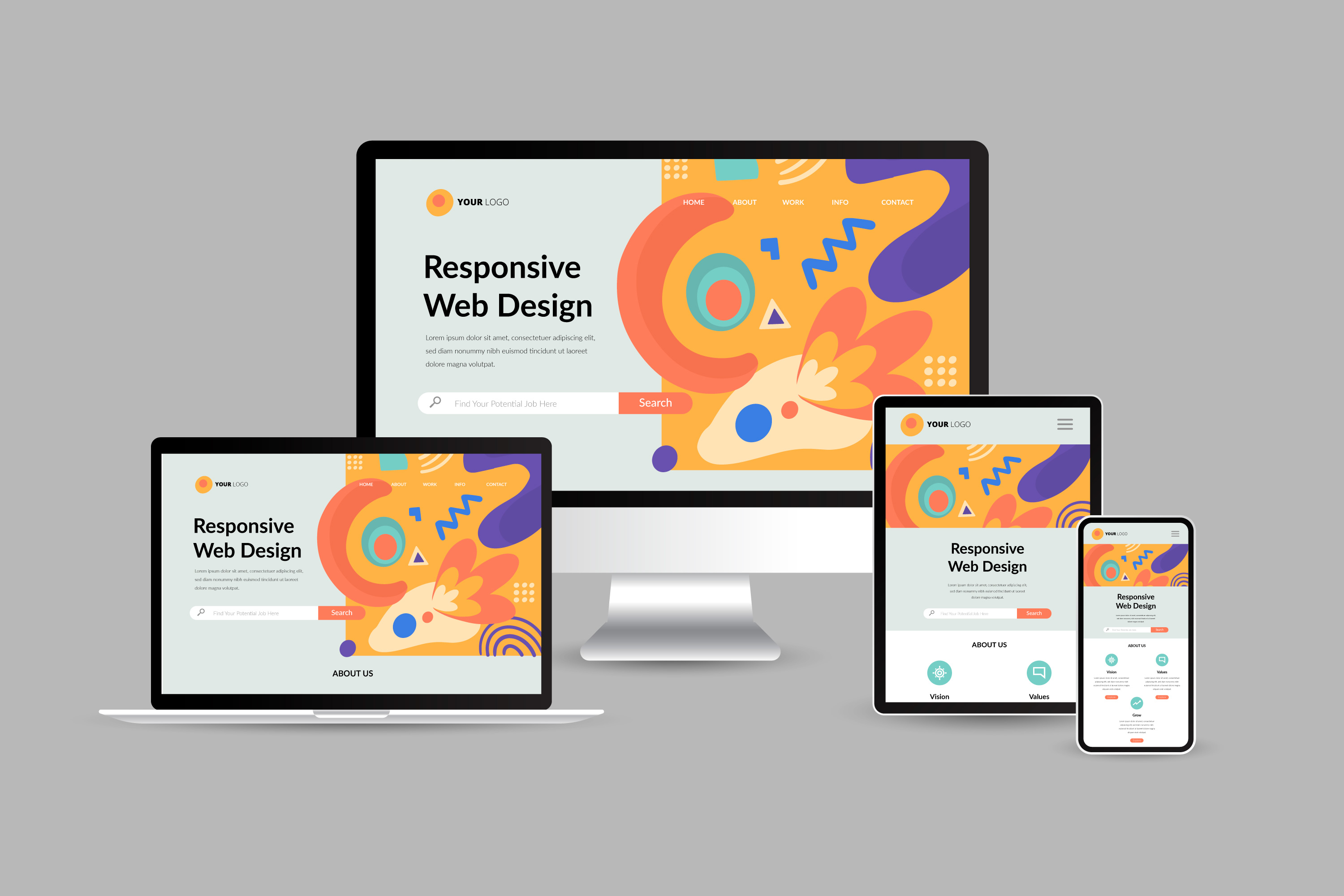Important Aspects of Reliable Web Site Layout: A Comprehensive Overview
In the realm of digital visibility, effective site layout is critical to accomplishing both customer satisfaction and organization purposes. The duty of visual pecking order and top notch content can not be taken too lightly, as they considerably affect user interactions and understandings.
User-Centric Layout Concepts
User-centric design concepts create the keystone of reliable site style, focusing on the requirements and experiences of completion customer. These concepts are rooted in understanding user behavior, preferences, and challenges, making sure that the internet site offers its designated target market successfully.
At the heart of user-centric layout is compassion. Developers need to take part in thorough customer study, using approaches such as studies, meetings, and use screening to gather insights into user assumptions. website design in singapore. This details educates layout choices, causing user-friendly navigating, clear details style, and involving visuals
One more key aspect is accessibility. A website needs to be useful for people with varying abilities, sticking to well-known criteria and guidelines. This commitment not just improves individual experience but additionally expands the prospective audience.
In addition, repetitive design is important. By continually examining and fine-tuning the site based upon individual feedback, developers can adapt to evolving demands, guaranteeing the site stays pertinent and reliable. In summary, user-centric layout principles cultivate a deep understanding of the end user, causing a more interesting, available, and inevitably successful internet site. This fundamental method lays the foundation for all subsequent layout considerations.
Relevance of Responsive Layout
A responsive format is essential in today's digital landscape, where a substantial portion of web traffic originates from mobile tools. As users gain access to internet sites on a selection of screen sizes, from mobile phones to tablet computers and bigger displays, ensuring that a site adapts effortlessly to these various measurements is crucial for maintaining functionality and interaction.

Additionally, a responsive layout minimizes the requirement for several versions of a site, simplifying upkeep and lowering growth prices. Rather of developing different desktop computer and mobile websites, a solitary receptive layout can suit all explanation customers, simplifying updates and material monitoring.
Eventually, the value of a responsive design can not be overstated; it is a fundamental component of reliable internet site layout that makes certain access, improves individual complete satisfaction, and supports overall organization objectives in a progressively mobile-driven world.
Visual Hierarchy and Visual Appeals
3 crucial elements-- visual hierarchy, aesthetics, and capability-- play an essential role in reliable web site style. Aesthetic pecking order refers to the setup and presentation of components on a web page to lead customers' interest and focus on info. By employing dimension, color, comparison, and spacing strategically, developers can guarantee that the most crucial content attracts attention, resulting in improved individual engagement and comprehension.
Aesthetics, on the various other hand, includes the overall aesthetic allure of the website. A cohesive color scheme, unified typography, and well-chosen imagery add to a pleasing style that resonates with the target audience. An aesthetically appealing site promotes count on and integrity, urging individuals to check out even more.
Furthermore, visual pecking order and aesthetics should operate in tandem with performance to produce an effective user experience. While a website might be beautifully designed, it needs to likewise serve its designated purpose efficiently. Balancing these elements makes sure that individuals can navigate the site intuitively while taking pleasure in an interesting visual experience. Eventually, the interplay in between aesthetic power structure and aesthetics is necessary for catching interest, communicating messages successfully, and improving customer contentment in the electronic landscape.
Seamless Navigation Methods
An effective web site layout not just astounds individuals visually but also promotes smooth navigation, which is important for maintaining customer involvement. A well-structured navigation system permits customers to discover information quickly and successfully, improving their overall experience.
Utilize descriptive tags for menu things, guaranteeing that customers can quickly understand the web content they will come across. This feature allows customers to track their location within the web site, allowing them to navigate back to previous areas easily.
Furthermore, use a search feature that is prominently put and easy to utilize, offering customers the ability to find details content without substantial surfing. It is also vital to maintain consistency across all web pages; comparable navigation elements must appear throughout the site to prevent complication.
Lastly, guarantee that your navigating is receptive, adjusting flawlessly to various gadgets and display dimensions. A mobile-friendly style is progressively vital as even more users access sites on mobile phones and tablet computers. By incorporating these approaches, you can develop an easy to use navigation experience that urges expedition and decreases bounce prices.
Enhancing Content for Involvement
Efficient content optimization is essential for catching and maintaining customer other interaction on a website. High-grade material should resonate with the target audience while being structured in a manner that boosts readability. Using headers, bullet points, and concise paragraphs allows customers to promptly check the material, assisting in a much better understanding of the material.
Including appropriate keyword phrases naturally right into the text not just improves internet search engine exposure but likewise enhances customer experience. Engaging multimedia components, such as images, video clips, and infographics, can separate textual monotony and supply visual context, making the material more enticing.
Another important aspect is the telephone call to action (CTA), which must be clear and engaging, directing customers towards preferred communications. Using A/B testing can assist in establishing which content styles or messaging designs resonate most with the audience.

Conclusion
In final thought, reliable website style is fundamentally rooted in user-centric concepts, responsive designs, visual pecking order, smooth navigation, and engaging look at more info material optimization. These essential components work in tandem to improve individual experience and foster significant interactions.